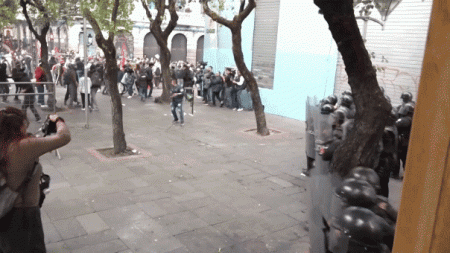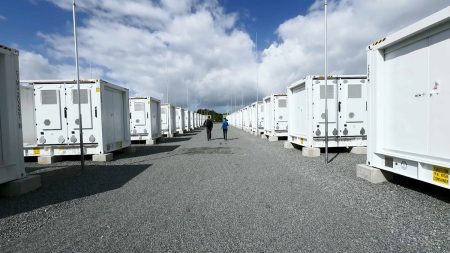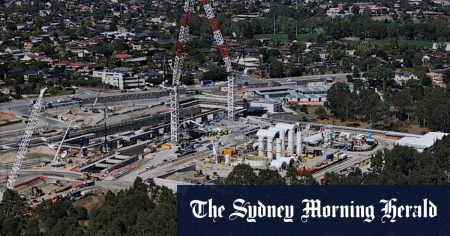Tropical Storm Trami caused massive flooding and landslides in the Philippines, resulting in nearly 130 deaths and many people still missing. The storm left at least 85 people dead and 41 missing as it moved away from the northwestern part of the country. The death toll was expected to rise as reports came in from isolated areas. In a town in Batangas province, emergency personnel dug up the remains of one of the missing villagers as a father waited to hear about his missing daughter, who was later confirmed to be among the dead.
President Ferdinand Marcos inspected the hard-hit regions in the Philippines and stated that the heavy rainfall from the storm overwhelmed flood controls in many provinces. More than 5 million people were affected by the storm, with nearly half a million seeking refuge in emergency shelters. The president expressed concerns that the storm could make a u-turn and head back towards the Philippines, prompting the government to shut down schools and offices on the main island of Luzon. The storm was forecasted to hit Vietnam if it did not change its course.
Despite the devastation caused by Trami, the weather cleared in many areas on Saturday, allowing for cleanup efforts to begin. The government planned to start a major flood control project to combat the threats posed by climate change. The Philippines experiences about 20 storms and typhoons each year, with the devastating impact of Typhoon Haiyan in 2013, which left more than 7,300 people dead or missing. The government worked to rescue those trapped in flooded areas and ensure the safety of millions of people impacted by the storm.
More than 6,300 emergency shelters were set up in several provinces to accommodate those affected by the storm. Emergency personnel, including police, firefighters, and sniffer dogs, worked tirelessly to rescue those stranded in flooded areas. President Marcos emphasized the need for continued rescue efforts as many areas remained flooded and inaccessible. His administration focused on addressing the immediate needs of those affected by the storm and planned for future flood control projects to mitigate the impact of similar disasters in the future.
The widespread destruction caused by Trami highlighted the vulnerability of the Philippines to natural disasters and the importance of preparedness and response efforts. The president’s visit to affected regions underscored the government’s commitment to providing assistance to those in need and coordinating rescue operations. As the cleanup efforts continued and the storm moved towards Vietnam, the focus remained on ensuring the safety and well-being of those impacted by the disaster. The tragic loss of life and destruction caused by Trami served as a stark reminder of the challenges faced by the Philippines in dealing with extreme weather events.













